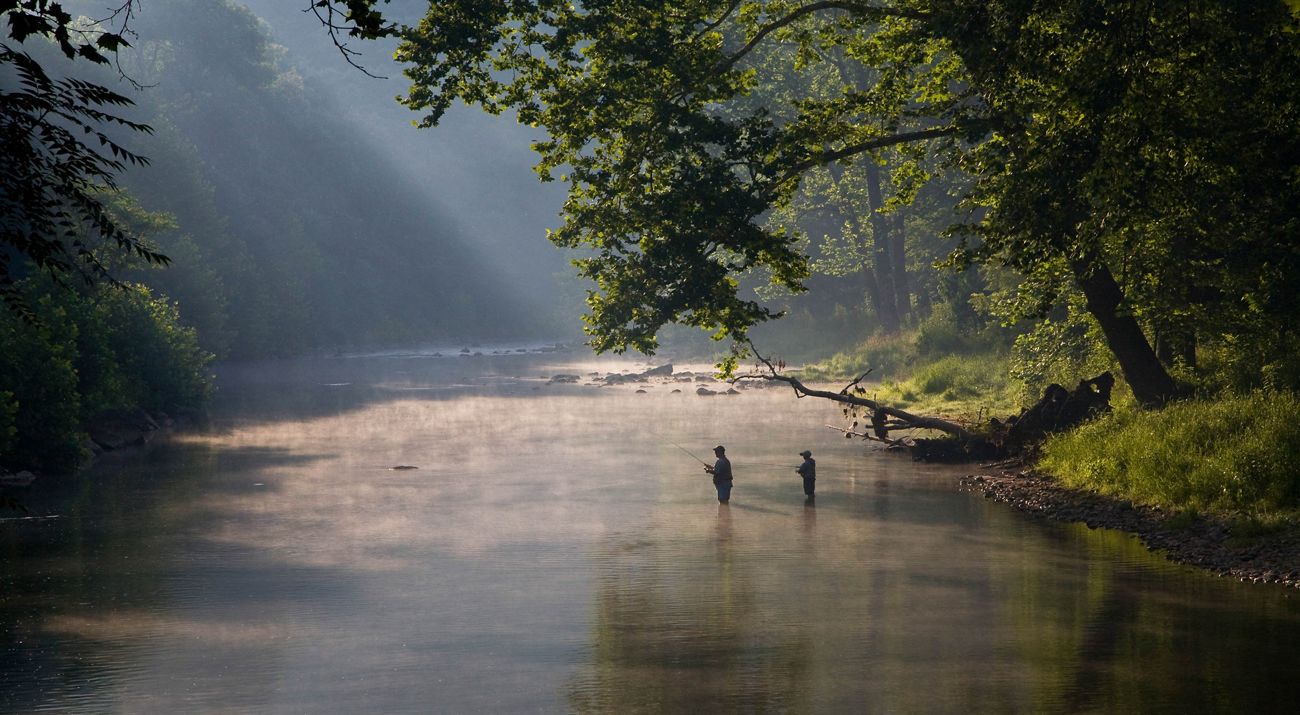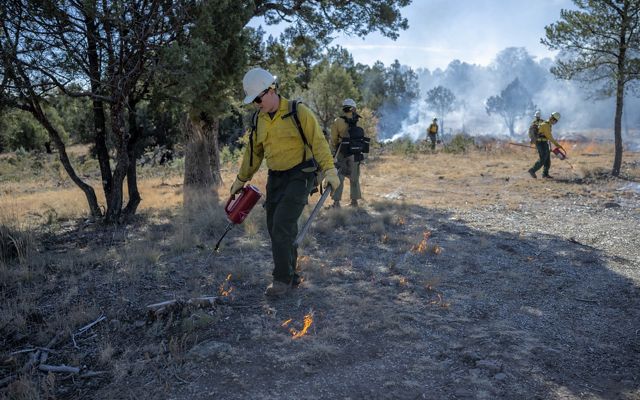For America’s Oldest Forests, Americans’ Support Runs Deep
Americans strongly support conserving and stewarding the country’s oldest forests, according to polling gauging Americans’ stance on the future of America’s old-growth forests.
Reflections on the Ninth American Forest Congress and the future of forest stewardship

Forests are a part of America’s legacy. They’ve stood sentry over the country for centuries. They keep the air and water clean, give shelter to wildlife and provide valuable timber. Importantly, they also play a role in helping to slow and adapt to the impacts of climate change. For generations, America’s forests have been stewarded by rightsholders, landowners, farmers and foresters.
The American Forest Congress is an important piece of this legacy—extending back to 1882 when thousands of people gathered to confront the significant challenges facing our forests. Since then, similar gatherings have shaped national policy at critical moments—most notably, the establishment of the U.S. Forest Service following the 1905 Congress.


Today, our forests face a new set of crises. Wildfires are growing in intensity and frequency. Invasive species and pests are spreading. Climate change is accelerating these threats, pushing forest ecosystems—and the communities that depend on them—to a tipping point.
This summer, the 9th American Forest Congress convened 500 leaders to discuss these challenges and chart a path for a new era of forest stewardship. As a sponsor and steering committee member, The Nature Conservancy (TNC) played a central role in shaping the Congress. Twelve of our experts in forest science, restoration, policy and advocacy participated, engaging in deep dialogue on the challenges facing the forest ecosystems and communities where we work.

As a sponsor and steering committee member, The Nature Conservancy played a central role in shaping the Ninth American Forest Congress.
With decades of experience in science-based forest restoration, TNC has helped conserve and restore millions of acres of forest across the U.S., working hand-in-hand with public agencies, private landowners and tribal nations. We have worked to secure durable policies and funding and also led and contributed to much of the science that shows how protecting, better managing and restoring natural places like forests can help remove excess carbon from the atmosphere.
The Congress provided a forum to explore how these natural climate solutions—such as reforestation, agroforestry and improved forest management—can be scaled to help people and nature. These approaches can also enhance biodiversity, water security and community resilience.
A valuable outcome of this landmark gathering is a set of Principles and Resolutions that propose a new direction for our forests and frame fields of action to address complex challenges like modernizing forest stewardship and revitalizing the reforestation sector. They can be foundations for coordinated action if we choose to build upon them.
At TNC, we know from experience that we can bring a landscape and its forests back to health when we build strong relationships and learn together from science and practice. We have a unique, possibly once-in-a-generation opportunity to work together to build something new that can give our forests what they need today, so that they are able to once again provide for us for generations.
Now is the time to act. The Principles and Resolutions from this landmark gathering offer more than guidance—they offer a path forward. Let’s seize this moment to forge new partnerships, invest in innovation, and commit to the long-term care our forests deserve.
Together, we can build a future where forests thrive and continue to sustain life for generations to come.
Sign up to receive our Global Insights newsletter and other select content for thought leaders who believe that, together, we can build a better future for people and the planet. We address the sustainability issues of the moment and explore potential solutions—all in a five-minute read or less.

TNC works with landowners and stakeholders across the U.S. to help protect and restore forests.